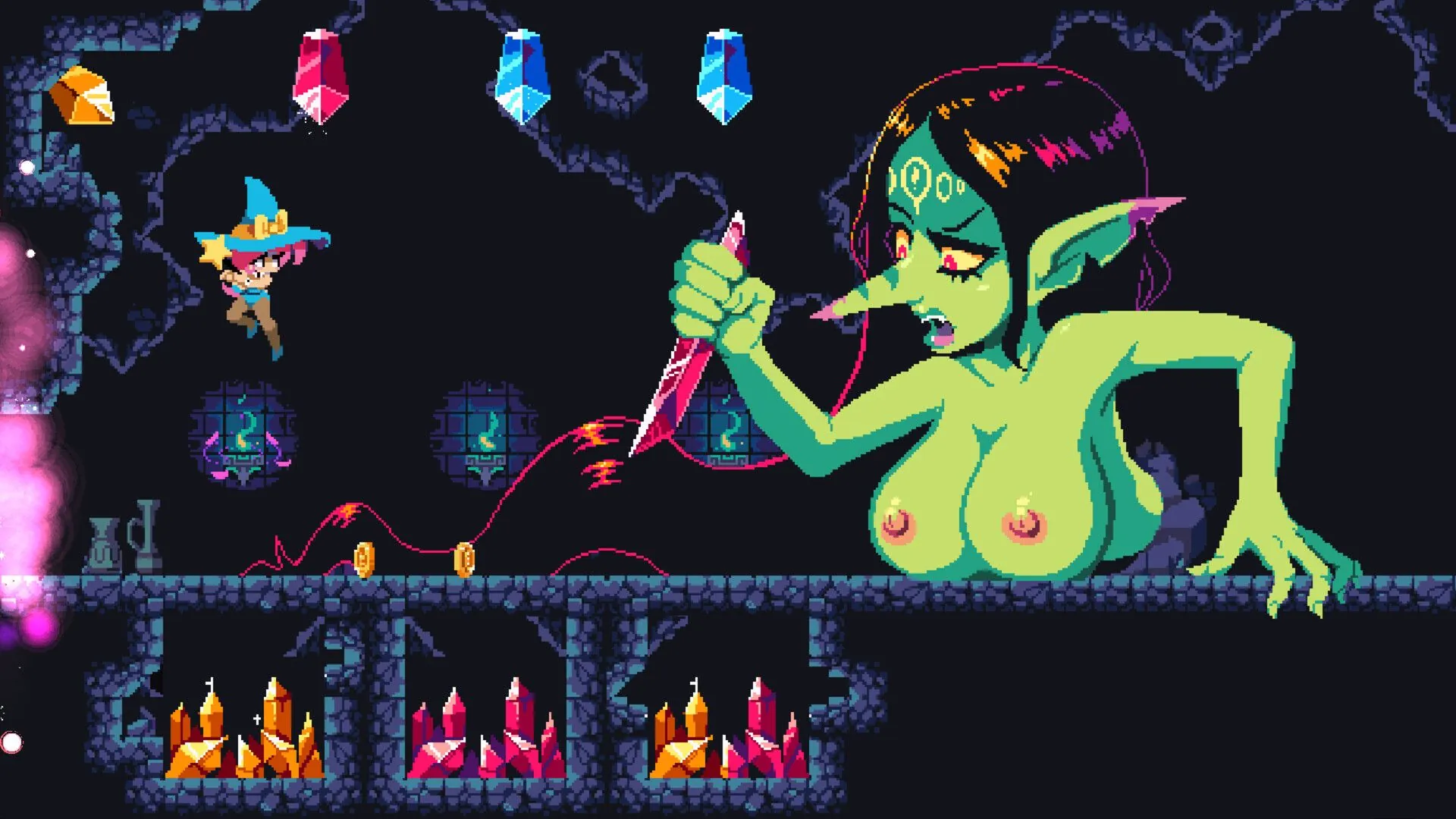
Project SAGE
Play Project SAGE
Project SAGE review
A Deep Dive into the Interactive Storytelling of Project SAGE
Project SAGE is an interactive game that stands out for its unique storytelling and player choice mechanics. This article delves into the game’s features, exploring how player decisions shape the narrative and the overall gaming experience.
Understanding Project SAGE’s Gameplay
Let me tell you about the first time Project SAGE truly blew my mind. I was navigating a tense diplomatic mission, and with one off-hand comment to a faction leader, I accidentally sparked a city-wide rebellion that I had to spend the next five hours trying to quell. I wasn’t just watching a story; I was living inside one that I was actively shaping. This is the heart of the Project SAGE gameplay experience. It’s a world that breathes and reacts, making every decision feel weighty and every playthrough uniquely yours. 🎮
How Player Choices Influence the Story
The magic of Project SAGE isn’t just that your choices matter—it’s how they matter. This isn’t a simple “good vs. evil” slider. The player choice mechanics are woven into the very fabric of the narrative, creating a complex web of cause and effect. Your decisions can alter character allegiances, unlock or permanently close story branches, and even change the physical landscape of the game world.
I remember carefully building a rapport with a smuggler named Kael, thinking he’d be a valuable ally. When I later refused to help him with a shady job, he didn’t just get mad; he sold my location to a rival gang, completely rerouting my main quest line. The game didn’t pause to tell me “Kael will remember that.” It just showed me, through palpable consequences. This level of interactive storytelling ensures you’re never just a passenger.
Pro Tip: Talk to everyone, and listen carefully. Seemingly trivial dialogues can plant seeds for major plot points hours later.
Let’s look at a concrete scenario to see these mechanics in action:
- The Situation: You discover a village secretly hoarding a rare energy source.
- Choice A (Report Them): You inform the ruling authorities. The village is stripped of its resources, its people become destitute and resentful. Later in the game, this region becomes a hotbed for rebellion against you.
- Choice B (Protect Them): You help the village conceal their secret. They become a loyal, hidden sanctuary for you, offering unique gear and support, but the authorities now see you as a rogue element, making city access more difficult.
This is the beauty of Project SAGE; there’s rarely a purely “right” answer, only your answer. 🤔
Exploring the Game’s Interactive Elements
Beyond the major plot decisions, the world of Project SAGE is alive with smaller, dynamic interactions that make it feel genuinely immersive. The Project SAGE gameplay loop is built on a foundation of these reactive elements. You can overhear conversations that lead to unsolicited side quests, find data logs that completely change your perspective on a character, or even have your companion characters interject during dialogues with their own opinions.
One of my favorite Project SAGE features is the dynamic reputation system. It’s not just one number, but a series of overlapping relationships with factions, communities, and individual characters. Helping one group might inadvertently harm your standing with another, forcing you to think strategically about who you want as your allies. This creates a rich layer of strategy on top of the core interactive storytelling.
The environment itself is part of the interaction. I once avoided a heavily guarded gate not by fighting, but by using a combination of my character’s hacking skills and a environmental hazard to cause a distraction. The game rewarded my creativity, something that linear titles often punish. ✨
Customization and Personalization in Project SAGE
If the story is the heart of Project SAGE, then customization in games is its soul. This goes far beyond simply changing your character’s hairstyle. The game offers a staggering depth of personalization that affects how you experience everything.
Let’s break down the key areas you can tailor:
- Character Background: Your chosen origin (e.g., Veteran Soldier, Corporate Spy, Void-Touched Mystic) isn’t just flavor text. It unlocks unique dialogue options, quests, and changes how certain NPCs perceive and interact with you from the very start.
- Skill Specialization: The skill tree is vast, allowing you to become a silver-tongued diplomat, a master hacker, a lethal ghost, or a destructive powerhouse. Your build directly influences which paths are available to solve problems.
- Cosmetic & Gear: From armor dyes to ship interiors, you can express your personal style throughout the universe.
- Companion Relationships: You can deeply customize your relationships with your crew, leading to unique quests, romances, or even betrayals.
This profound level of customization in games means that the core Project SAGE features are experienced differently by every single player. My tech-focused pacifist playthrough felt like a political thriller, while my friend’s combat-heavy brute-force approach was more of an action-packed conquest. We were playing the same game, but telling entirely different stories.
The true genius of Project SAGE gameplay is how it merges narrative, interaction, and personalization into one seamless experience. It respects your intelligence and rewards your curiosity, making you the co-author of an epic saga. It’s not just a game you play; it’s a world you inhabit and shape with every choice you make. 🚀
In conclusion, Project SAGE offers a unique gaming experience through its interactive storytelling and customization options. By understanding how player choices shape the narrative, players can fully immerse themselves in the game’s world. If you’re interested in exploring more about Project SAGE or similar games, consider diving into the community forums where players share their experiences and tips.











